Is the 'winter bike' an endangered species?
There are so many alternatives nowadays that the concept of a winter bike may simply be outdated
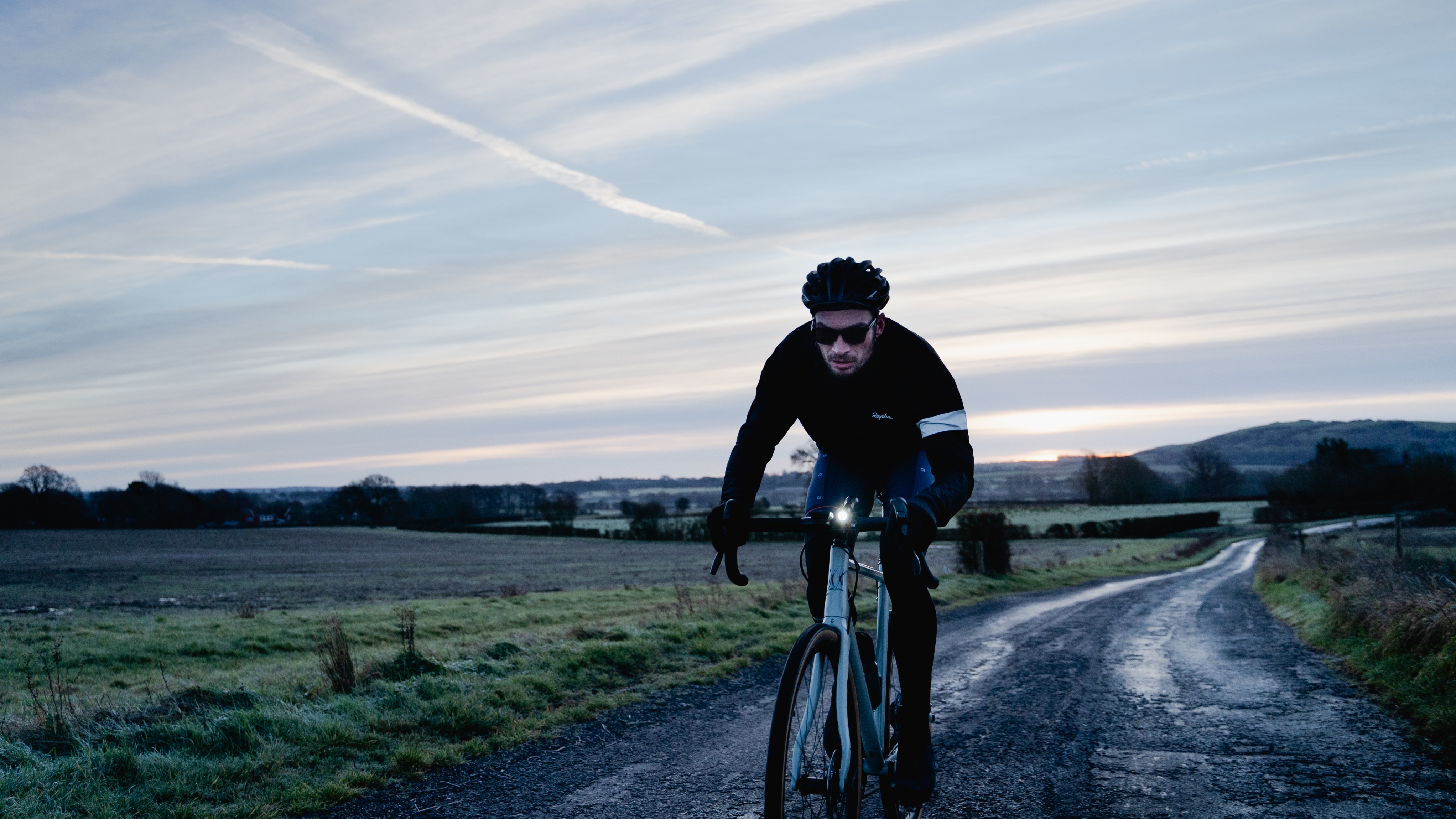

Only a few years ago, it was accepted that a keen cyclist would typically have a best bike for summer racing. But when the weather turned, they’d reach into the back of their shed and pull out the winter bike, which had a cheaper frame and components, along with mudguards/fenders.
The winter bike would be ridden for the long and slow base miles that made up winter training, returning to the shed once the weather dried up in the spring and training ramped up for the summer’s riding and racing.
But times have changed and modern roadies have a wider range of options to keep themselves fit and entertained over the winter months.
So is the winter bike an endangered species?
What is a winter bike?
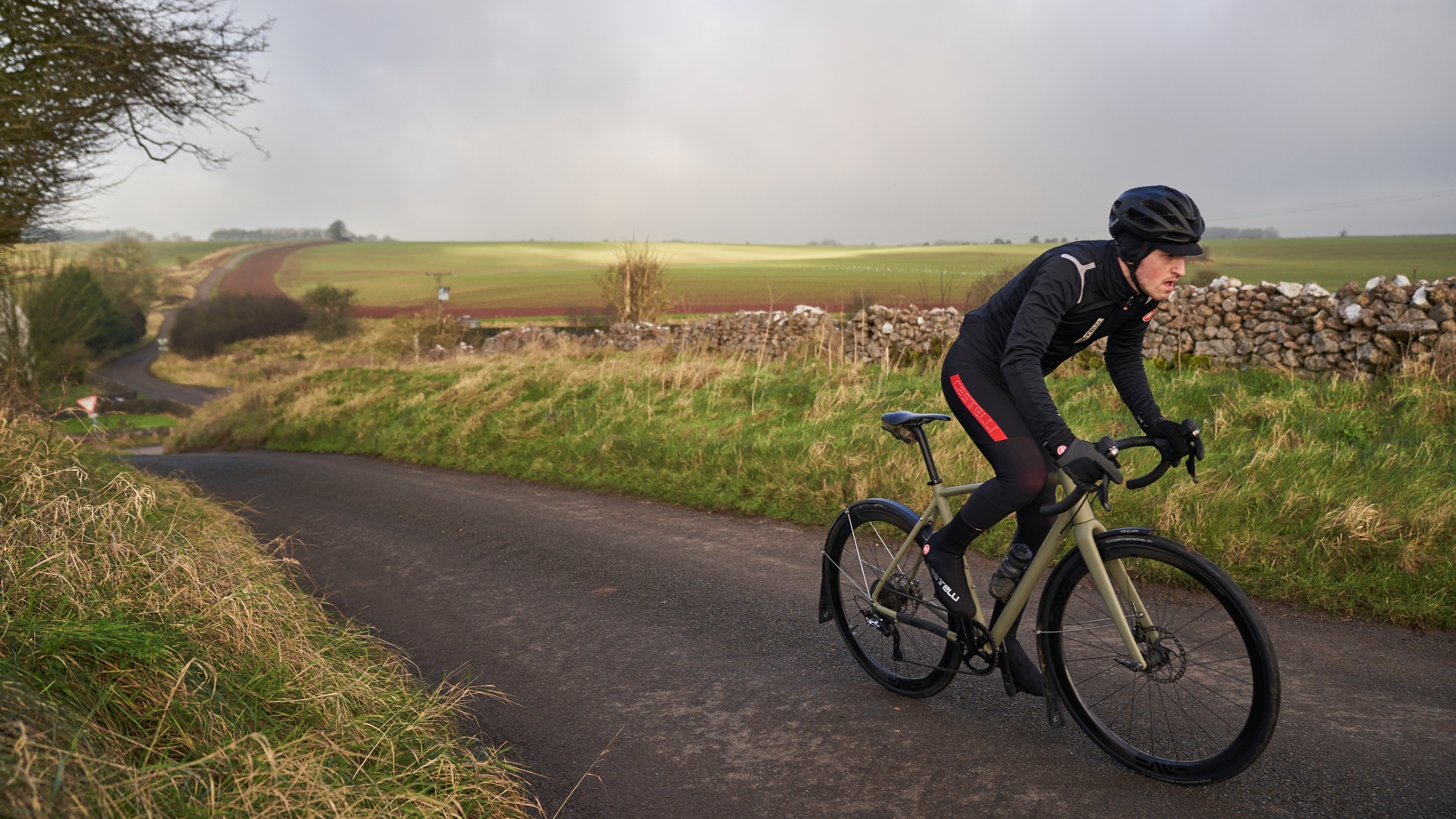
The typical winter bike would have a cheaper steel or alloy frame and more stable geometry than the best bike kept for summer use. It might have been built up from parts replaced from the best bike or could have cheaper components chosen for their robustness.
Crucially, it would have the clearance and usually the fittings for mudguards/fenders that the best bike didn’t offer. In the days before disc brakes, fitting fenders usually meant cheaper long drop rim brake callipers, as higher spec brakes didn’t have the length to the brake arms to fit around the fenders and winter tires.
While the best bike might be ridden with tubular tires, the winter bike would have cheap alloy clincher wheels. Wear on the braking surfaces can be significant when riding on wet, grit-strewn roads, so a set of wheels that can stand a bit of wear was useful.
Get The Leadout Newsletter
The latest race content, interviews, features, reviews and expert buying guides, direct to your inbox!
“The worst component for wear over winter was wheels!” says Dom Mason, who was at the forefront of the charge towards better all weather riding options, designing many of Kinesis’s framesets before setting up Mason Cycles. “Aluminium rims, mixed with water, grit, road dirt and salt just went black and dissolved before your eyes.”
The winter wheels would be fitted with robust winter tires such as Continental Gatorskins. A tire skimmer might be attached to the brakes to try to remove any embedded flint shards before they caused a puncture.
The winter bike would weigh a lot more than the best bike and its weight might be supplemented by a saddlebag for a rain cape, food, spare tubes and the necessary gear to deal with roadside repairs. With long, steady miles the order of the day for winter training, the extra weight wasn’t such an issue and made the return to the best bike all the more welcome once spring arrived.
New designs to cater for all-weather riding
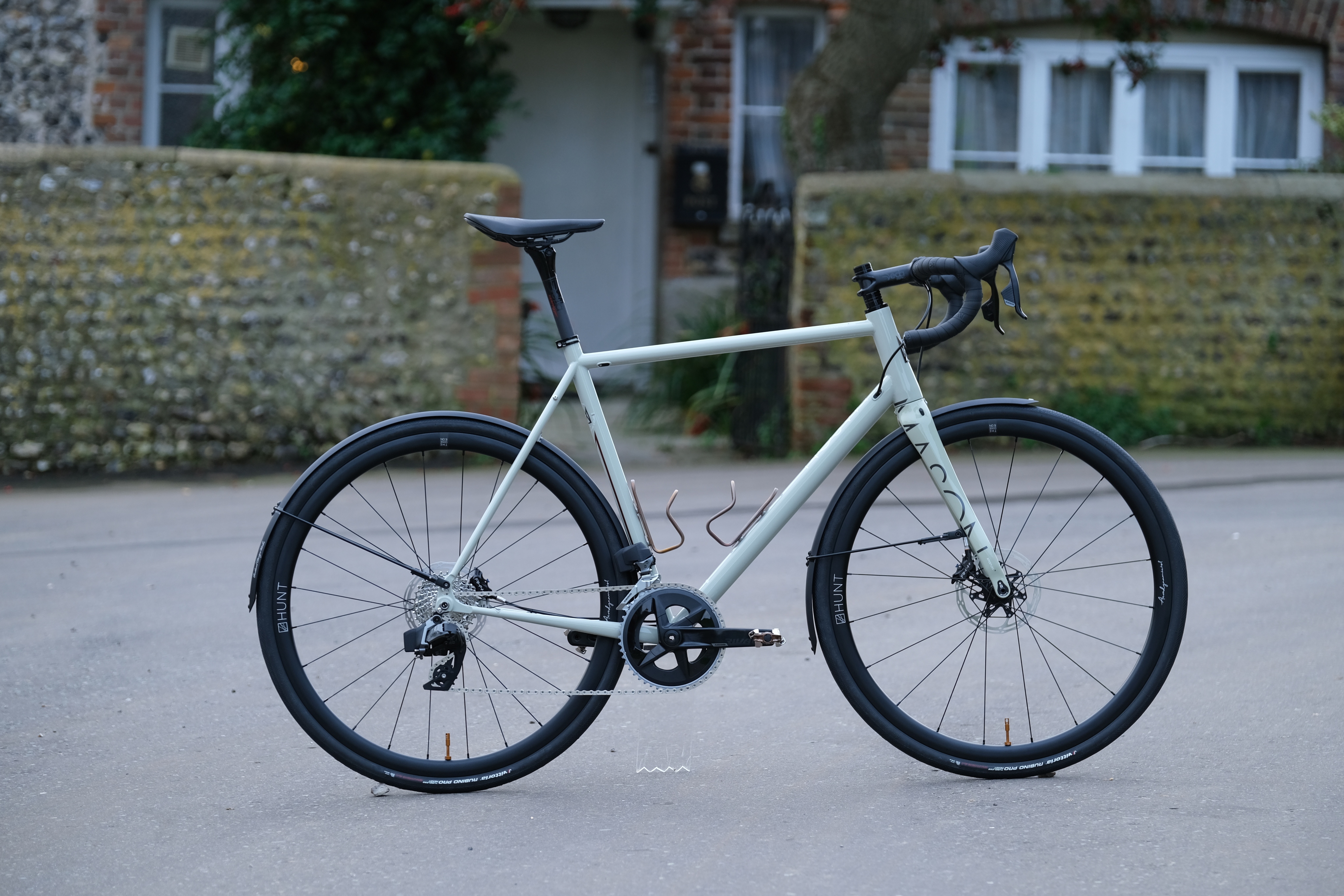
Disc brakes and wide, tubeless tires mean that many 'summer bikes' also make for great 'winter bikes'
Although the winter bike is still an option for cold weather rides, many modern bikes provide the versatility that old school best bikes just didn’t have.
That started out with the switch to disc brakes, which meant that riding a decent set of wheels through the winter didn’t mean that you’d wreck the rims.
“Disc-brakes gave consistent all-season braking but also saved your wheels and meant that you could run a better wheelset all year,” says Mason. “Modern groupsets are also pretty durable if you keep them regularly cleaned. We see Ultegra Di2 and 105 Di2 being regularly specced for this type of bike because they are just so reliable.”
Add to that wider, tubeless tires and you have the grip and a degree of puncture protection that may offer a more reliable winter ride. It should be more comfortable too.
Disc brakes also allow modern bikes to provide much more frame clearance, some of which can be taken up by mudguards/fenders. While absent in the past, many performance road bikes now include mudguard/fender fittings.
Mason continues: “Many modern road bikes are now running 28s, which were considered large when we started designing our 4 Season bikes. But not all of them have all the fittings, clearance and attachment points you would need to call it a 'Winter Bike'.”
Trek was the exception here, with its Domane including hidden fender mounts from the mid-2010s. The Cannondale Synapse sprouted fender eyes in 2018. The Specialized Roubaix was one of the last hold-outs against fender eyes, but even that bike has them on the latest Roubaix SL8.
When you think about it, it’s crazy that so few bikes used to allow you to ride in relative comfort, on any but dry days.
Take it off-road
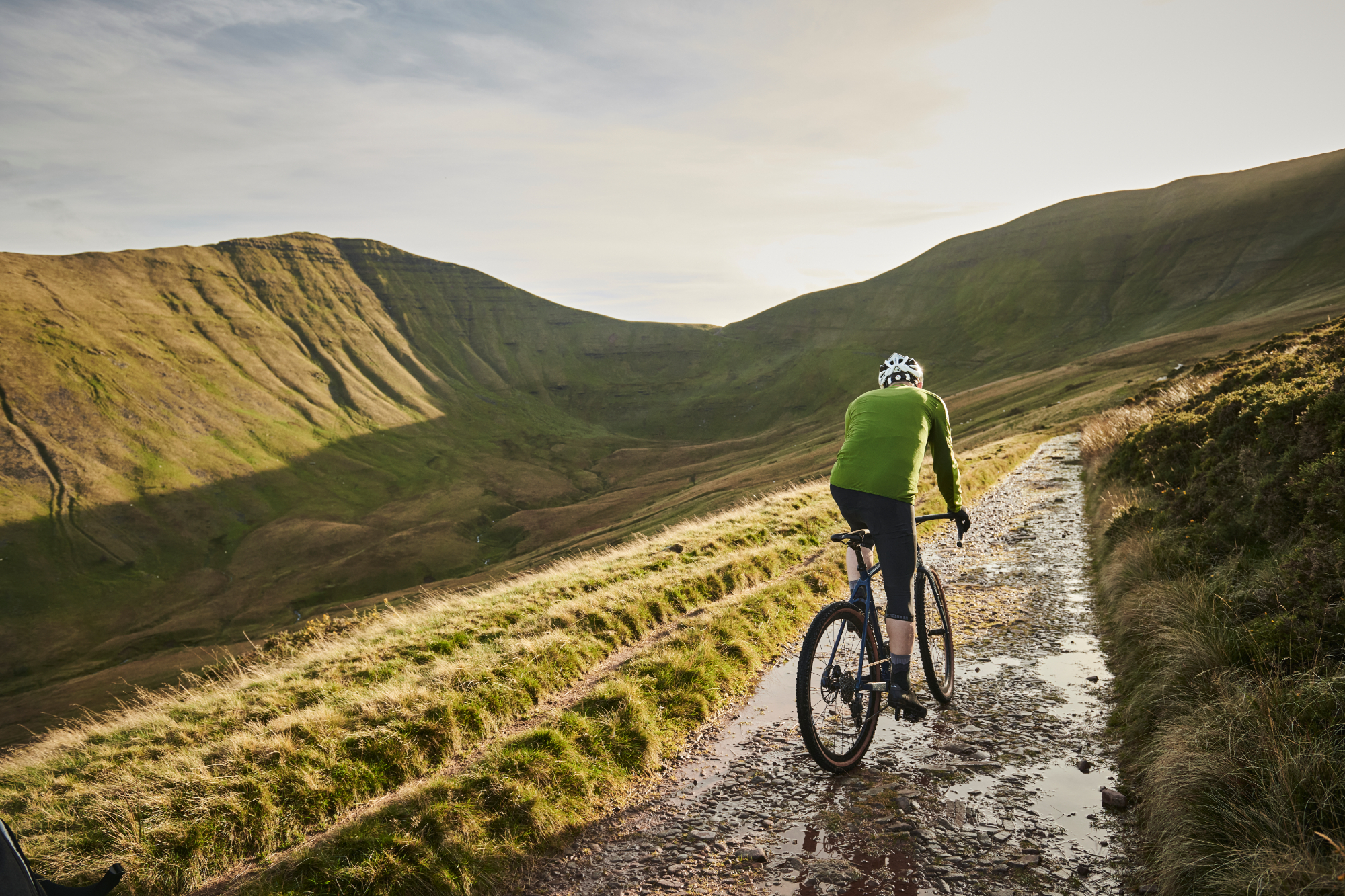
The trend to all-weather capabilities is extended by all-road bikes and reaches its pinnacle in gravel bikes. Designed with clearance for wide tires and mudguard/fender mounts, both allow you to set yourself up for winter road riding and to take on rougher paths too.
“Many of our customers specify two sets of wheels, say 650b x 50mm for off-road duties and 700c x 38mm for all-season/all-condition road use,” Mason says.
“But there are also plenty of serious riders who want a dedicated fast road bike that they can run all year and that will take on very variable surface conditions with confidence. They don't intend to go off-road and don't need the extra clearance and large volume tires, they might also want to run larger chainrings and road gearing, so they go for one of our 4 Season or 'All Road' models, the Mason Resolution, Definition or new SLR.”
A thrash over a rough bridleway can feel surprisingly satisfying, even in the most dire of conditions, once you accept that you and your bike will come back wet and filthy. Off-road riding also tends to be more bursty than steady winter road rides, which can give you a better, higher intensity workout.
The flip side of heading off-road in winter is that wear on parts can be extreme and there’s a greater risk of mechanical failures from mud accumulation. Cleaning your bike regularly becomes even more of a necessity. Even running tubeless tires, you’re also more likely to get a non-sealing puncture off-road than on.
Take it indoors

It’s not just the versatility of modern bikes that has made the winter bike an endangered species; the sophistication of modern indoor training makes it an attractive alternative when the weather turns cold and damp.
While historically, taking to the turbo trainer or rollers was a solitary, masochistic experience to be avoided, a smart turbo session can now be considerably more enjoyable, even if the streak of self-inflicted pain is still there.
A direct drive smart trainer is much more sophisticated than an old school wheel-on trainer where you had to crank up the resistance manually. Hook up to an indoor training app such as Zwift and you can scratch your competitive itch during the off-season, while options including Rouvy allow you to imagine on a wet Saturday afternoon that you’re riding Alpe d’Huez.
Modern views on training question the concept that you need to put in base miles to be ready for summer riding too. High intensity interval training and polarised training offer alternatives that may be more effective and are likely to be more time-efficient than the traditional base miles riding your winter bike.
Not that riding outdoors doesn’t have its place still. A long, lower intensity ride on a cold day can be a satisfying alternative to a short session indoors and offers mental health benefits that an hour’s blast on the turbo can’t match.
Unless they have the cash to buy a dedicated exercise bike, for many riders, a second bike always mounted to a trainer is an advantage. What does an indoor bike look like? Weight, clearance and braking systems are non-issues.
Some trainers still don’t include thru-axle adapters so a rim brake frame can be a plus. You’re not going to care about flashy components if you’re going to bathe them in sweat.
In fact, a dedicated indoor bike for use on a trainer has many of the same attributes as the old school winter bike. Just minus the fenders.
Does the increased versatility of ‘best’ bikes make a dedicated winter bike obsolete?
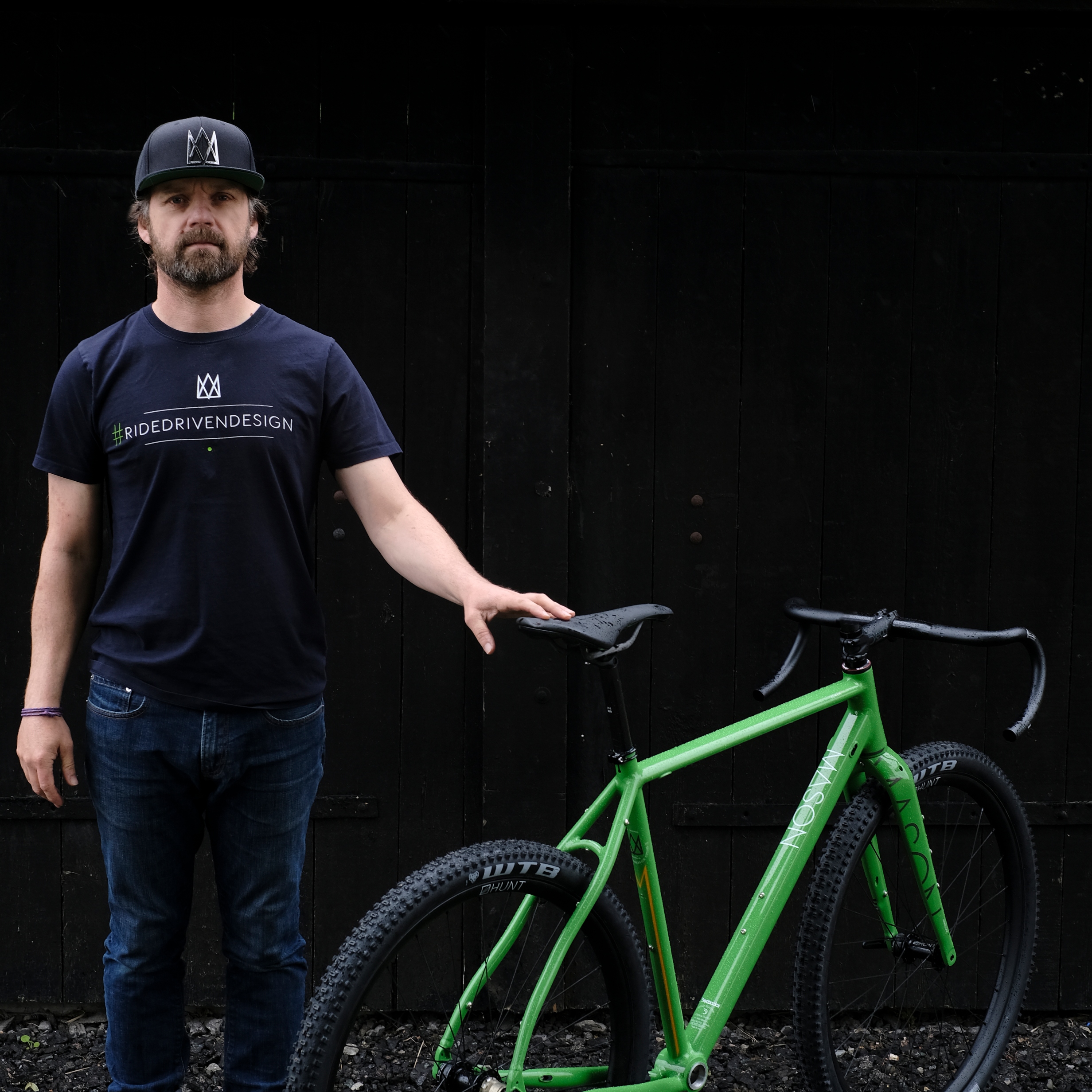
"Yes", says Dom Mason of Mason Cycles
Thinking back to when I started designing bikes in 2000, it occurs to me that I set about trying to 'kill the winter bike' from that point onwards! I couldn't understand why a 'Winter Bike' had to be heavy and with old or outdated components – why was the rider expected to endure 'extra suffering'?!
So I designed what we called the 'RacelightT' [T stood for 'Training' ... as in 'Winter Trainer'], it was a nice lightweight alloy frameset with carbon fork, quite sporty geometry and worthy of a decent set of components. Riders started putting their last year’s Ultegra on there and treating the bikes to a good set of wheels and I think that was the start of the '4 Season' bike, which is what we started calling them shortly after.
So yes, I would say today’s 'All Road' bikes do carry out the tasks of the old 'Winter Trainer' pretty well, better in fact! As we didn't have the luxury of disc brakes in those days. Disc brakes were an absolute game-changer: we were trying to grab greasy black gunk rims around 28mm tires and 'guards, using long drop callipers with the blocks at the end of the slots.

Thank you for reading 20 articles this month* Join now for unlimited access
Enjoy your first month for just £1 / $1 / €1
*Read 5 free articles per month without a subscription

Join now for unlimited access
Try first month for just £1 / $1 / €1
Paul started writing for Cycling Weekly in 2015, covering cycling tech, new bikes and product testing. Since then, he’s reviewed hundreds of bikes and thousands of other pieces of cycling equipment for the magazine and the Cycling Weekly website.
He’s been cycling for a lot longer than that though and his travels by bike have taken him all around Europe and to California. He’s been riding gravel since before gravel bikes existed too, riding a cyclocross bike through the Chilterns and along the South Downs.
-
 How do the pros train? Noemi Rüegg's 26 hour training week
How do the pros train? Noemi Rüegg's 26 hour training weekWinner of this year’s Tour Down Under, the EF Education-Oatly rider is a climber whose talent is taking her to the top
By Chris Marshall-Bell
-
 Save £42 on the same tyres that Mathieu Van de Poel won Paris-Roubaix on, this Easter weekend
Save £42 on the same tyres that Mathieu Van de Poel won Paris-Roubaix on, this Easter weekendDeals Its rare that Pirelli P-Zero Race TLR RS can be found on sale, and certainly not with a whopping 25% discount, grab a pair this weekend before they go...
By Matt Ischt-Barnard